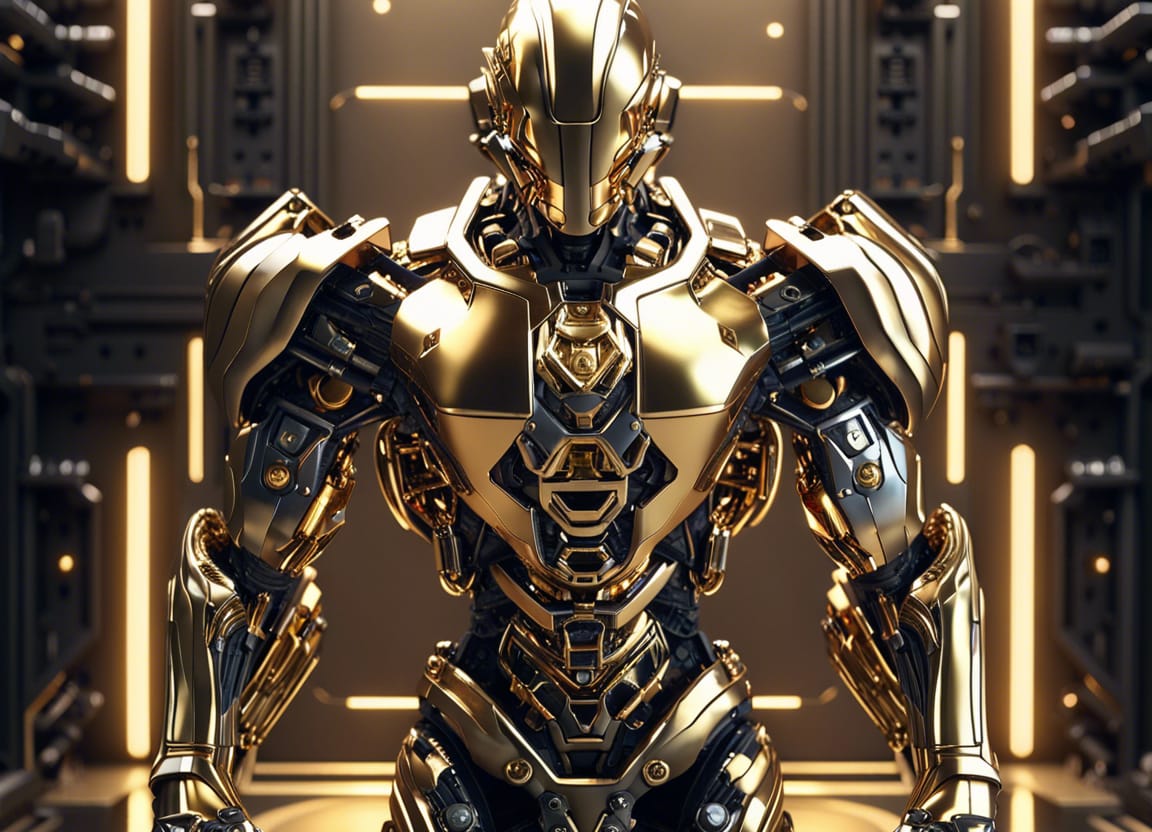NFT (Non-Fungible Token) selling AI images refers to the process of creating and selling AI-generated images as unique digital assets using blockchain technology. NFTs have gained popularity as a way to authenticate and trade digital art and other digital collectibles.
Here’s how the process generally works:
AI Image Generation: Artificial Intelligence algorithms, such as Generative Adversarial Networks (GANs), are employed to create unique and original images. GANs consist of two neural networks—a generator and a discriminator—that work together to generate images that mimic a given dataset.
Minting NFTs: Once the AI-generated images are created, they are typically associated with NFTs. Minting an NFT involves creating a unique digital token that represents ownership and authenticity of the specific image. This process is usually done on a blockchain platform that supports NFTs, such as Ethereum.
Smart Contracts and Ownership: Smart contracts are used to define the rules and conditions of ownership and transaction of the NFTs. They automatically execute the transactions when certain conditions are met, such as transferring ownership or receiving payment.
Selling and Trading: The NFTs representing the AI-generated images can then be listed for sale on various online marketplaces that specialize in NFTs, such as OpenSea, Rarible, or SuperRare. Potential buyers can browse through the available NFTs and make purchases using cryptocurrencies like Ethereum.
Proof of Authenticity: One of the key benefits of using NFTs for AI-generated images is the ability to establish proof of authenticity and ownership. Each NFT is unique and contains metadata that verifies its origin, provenance, and ownership history, providing a sense of scarcity and exclusivity.
It’s important to note that the value of AI-generated NFTs depends on factors like the quality of the artwork, the reputation of the artist or AI algorithm, and the demand in the market. The NFT market has experienced significant growth and attention in recent years, with some high-profile sales reaching substantial sums of money.
However, as with any emerging market, it’s advisable to research and exercise caution when participating in the NFT space, considering factors such as the environmental impact of blockchain technology and the potential for speculative bubbles.
Step-by-step tutorial on how to create and sell AI-generated images as NFTs:
1. Generate AI Images: Use an AI framework or software capable of generating unique and original images. Popular frameworks like TensorFlow or PyTorch provide tools for training and generating images using GANs or other AI models. Train the AI model on a dataset to create diverse and interesting images.
2. Choose a Blockchain Platform: Select a blockchain platform that supports NFTs. Ethereum is the most commonly used platform for NFTs, but there are alternatives like Binance Smart Chain or Flow. Create an account on the chosen platform.
3. Set Up a Cryptocurrency Wallet: To interact with the blockchain platform and perform transactions, you’ll need a cryptocurrency wallet that supports the platform’s native token. For Ethereum, popular wallets include MetaMask or Trust Wallet. Install and set up a wallet of your choice.
4. Connect Wallet to the Blockchain Platform: Connect your cryptocurrency wallet to the blockchain platform you’ve chosen. This typically involves signing in to your wallet within the platform or using a browser extension.
5. Prepare Metadata: Prepare metadata for your AI-generated images. Metadata includes information about the artwork, such as the title, description, artist name, and any other relevant details you want to include. You may also include links to the AI model used, the training data, or additional information about the creation process.
6. Mint the NFT: Access the NFT minting functionality on the chosen blockchain platform. This process involves providing the image file of your AI-generated artwork and filling out the required metadata fields. Follow the platform’s instructions to complete the minting process.
7. Pay Minting Fees: Pay the necessary fees associated with minting the NFT. These fees cover transaction costs and the computational resources used on the blockchain. The exact fees will vary depending on the platform and current network conditions.
8. List for Sale: Once the NFT is minted, you can choose to list it for sale on an NFT marketplace. Some popular platforms include OpenSea, Rarible, or SuperRare. Upload the NFT and its associated metadata to the marketplace, set a price or auction terms, and specify any additional details required by the marketplace.
9. Promote and Share: Promote your AI-generated NFTs on social media platforms, art communities, and other relevant channels. Engage with potential buyers, share the story behind your AI model or the creative process, and showcase the uniqueness of your artwork.
10. Complete the Sale: If a buyer is interested in purchasing your NFT, they can proceed with the transaction on the marketplace. Once the sale is completed, ownership of the NFT is transferred to the buyer, and you receive the agreed-upon payment in cryptocurrency.
Remember that this tutorial provides a general overview, and specific steps and details may vary depending on the platform and tools you choose. Always consult the documentation and resources provided by the platform or marketplace you’re using for the most accurate and up-to-date information.

Leave a Reply